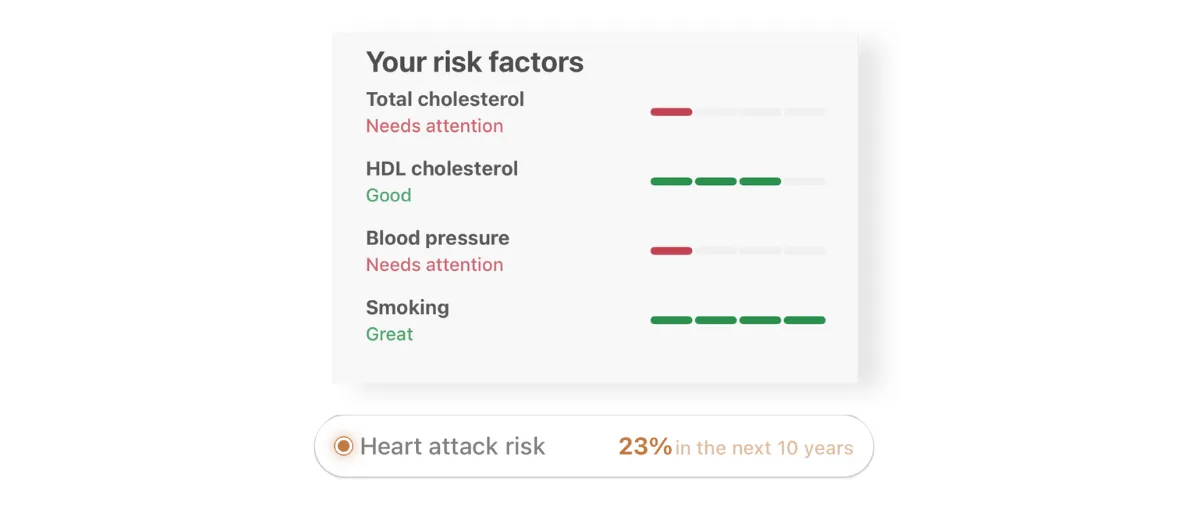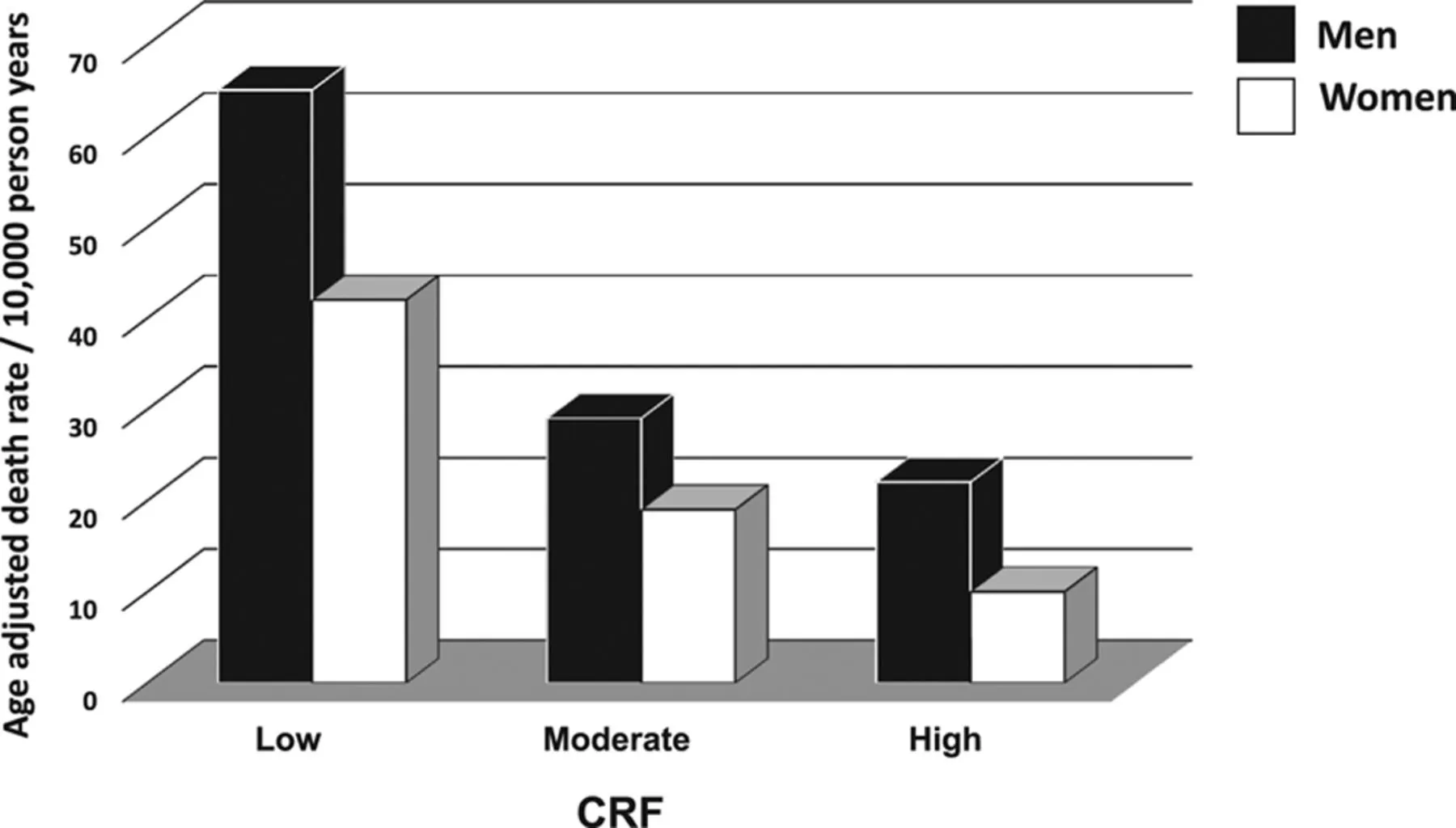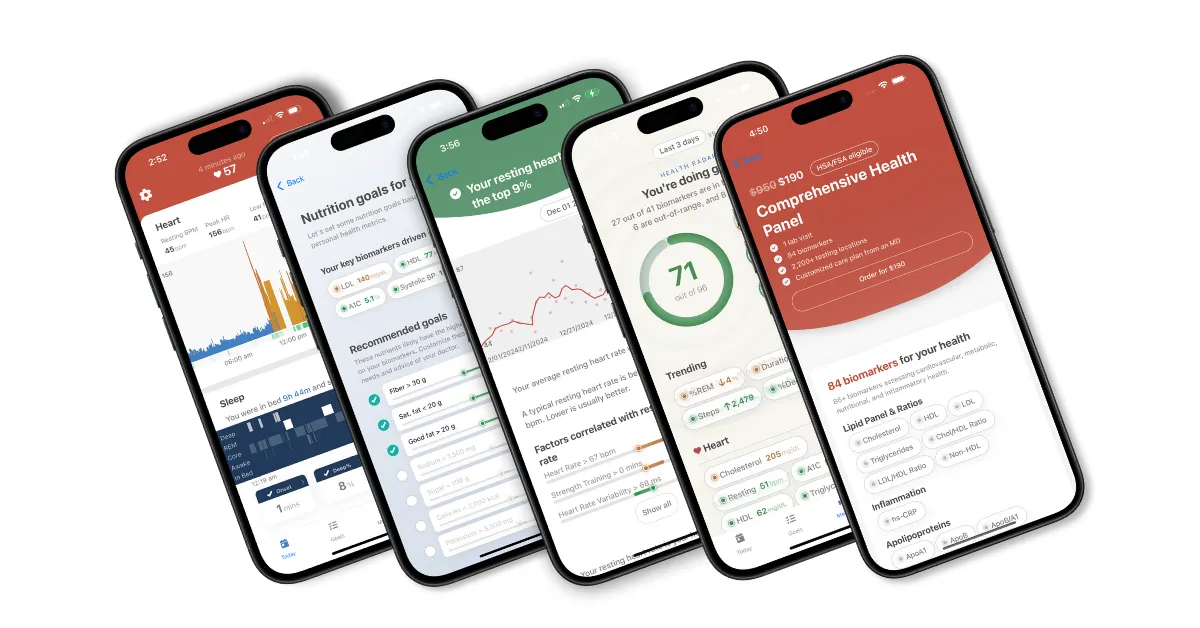You just received your lab results and discovered your cholesterol is high, what should you do next?

Attempting to lower your cholesterol in 7 days is unlikely to produce dramatic results; however, you can immediately start building habits that will lower your LDL (“bad”) cholesterol and raise your HDL (“good”) cholesterol over time. Significant reduction in cholesterol will usually take several weeks to months, though a trend of improvement may be seen sooner.
Below are key steps to jump-start your journey toward better heart health.
Key Steps to Lower Cholesterol Quickly
Nutrition to Lower Cholesterol
Surveying your current eating habits may help you understand opportunities for change. Generally, increasing the amounts of soluble fiber in your diet and decreasing the amounts of saturated fat is beneficial.
- Increase soluble fiber: Soluble fiber binds and prevents the absorption of cholesterol in your digestive system. Prior studies have shown increasing consumption of soluble fiber results in moderate decreases in LDL cholesterol. A meta-analysis of 67 randomized controlled trials found that for every 1 gram of soluble fiber consumed per day, LDL cholesterol was reduced by about 0.78 mg/dL.
- Reduce saturated fat: A meta analysis from 2016 studied the effect of replacing saturated fat with polyunsaturated fat or monounsaturated fats. The results showed that for every decrease in saturated fats of 1% total daily calories and reciprocal increase of alternate fats there was a reduction in LDL cholesterol between 1.3-2.1 mg/dL. These reductions in LDL cholesterol correlate well with reductions in cardiovascular events. A comprehensive review from 2020 analyzed data from 15 randomized controlled trials with over 59,000 participants. The review found that reducing dietary saturated fat led to a 21% reduction in the risk of cardiovascular events (like heart attacks and strokes). Notably, a greater reduction in saturated fats led to a greater protection from cardiovascular events.
Exercise to Lower Cholesterol
Your current level of activity will help determine recommended changes to your routine.
- Move more: A 2007 meta-analysis showed that to increase your HDL cholesterol you need to participate in at least 120 minutes of exercise per week. After that, every 10 minute increase in exercise led to a 1.4 mg/dL increase in HDL cholesterol. The effect of exercise on HDL cholesterol was also more noticeable for people with BMI less than 28 and for those with total cholesterol greater than 220. We also know that some activity is better than no activity, regardless of level of intensity or time. Studies on cardiorespiratory fitness, which can be measured by VO2max, have shown the largest benefit on health outcomes at the lowest end of fitness levels. For people who don’t currently exercise, starting with 30 minutes of moderate activity (like brisk walking) most days of the week would be a great way to get started. For people who already exercise, it’s helpful to look at your routine to ensure you are getting the most benefit from your efforts. Generally, a combination of aerobic and resistance training are preferred.
 Source: Importance of Assessing Cardiorespiratory Fitness in Clinical Practice: A Case for Fitness as a Clinical Vital Sign. Circulation, Nov 2016.
Source: Importance of Assessing Cardiorespiratory Fitness in Clinical Practice: A Case for Fitness as a Clinical Vital Sign. Circulation, Nov 2016.
Lifestyle
Beyond nutrition and exercise there are several other lifestyle changes that can have a positive impact on your cholesterol levels. Some of these may include quitting smoking, shedding excess weight, reducing stress, and optimizing for quality sleep.
- Quit smoking: For people who smoke, quitting has significant improvements on heart health, particularly through increases in HDL cholesterol, an effect that is stronger in women.
- Manage stress: A recent study examined the effects of a 12 week program of yoga and meditation on lipid levels. At the end of the program participants noted reductions in total cholesterol, triglycerides, and LDL.
- Prioritize sleep: Sleep deprivation is thought to decrease the expression of genes that encode cholesterol transporters and at the same time increase expression of inflammatory responses, which can contribute to increased cardiovascular risk.
Five practical tips to lower cholesterol in your first seven days

Getting started on these changes can be overwhelming. These tips can help you get started toward better cardiovascular health:
- Limit your intake of saturated fat to less than 6% of your total daily calories (about 13 grams of sat. fat for a 2000 calorie diet).
- If you eat red meat, keep portions under 3 ounces, no more than 3 times per week.
- Increase fiber intake to 25-35 grams daily, focusing on sources rich in soluble fiber.
- Aim for 150 minutes of moderate-intensity exercise per week (moderate-intensity is 50-70% of your maximum heart rate or at a pace where you can talk comfortably, breathe harder, and start to sweat).
- Review your sleep habits and make adjustments for better rest.
When to Follow Up
Lowering your cholesterol is a dedicated effort that requires a long-term commitment. Setting goals and realistic expectations can help you keep momentum on your health journey.
We recommend checking your cholesterol 12 weeks after your initial changes to make sure you are making progress. If your cholesterol is very high or you have a high cardiovascular risk, consult with your primary care doctor to discuss a plan that will make sense for you. This may include medications alongside lifestyle changes.
Remember, every small step you take now can lead to big improvements in your heart health over time. For support and personalized guidance, check out Empirical Health.
Get your free 30-day heart health guide
Evidence-based steps to optimize your heart health.
